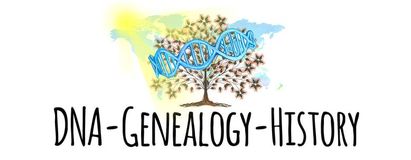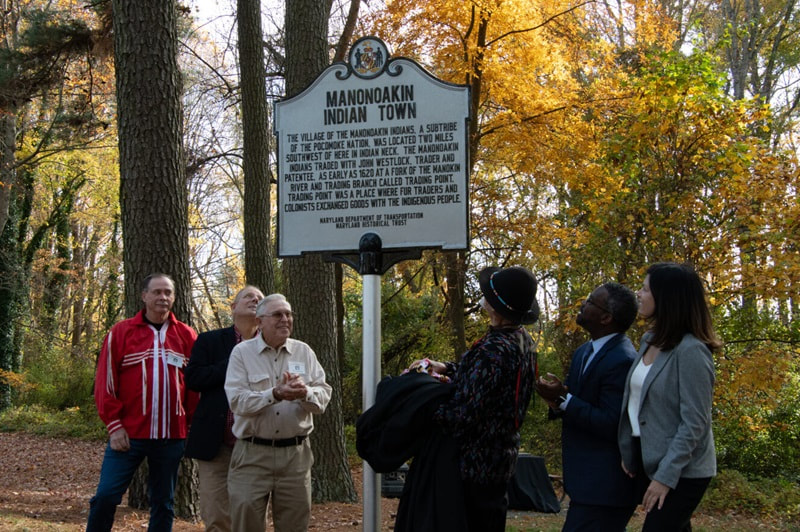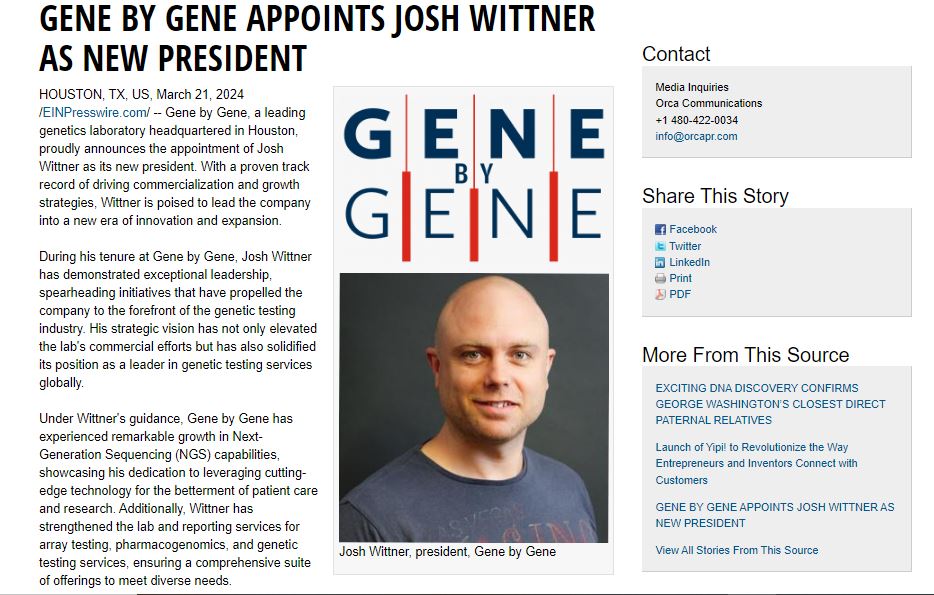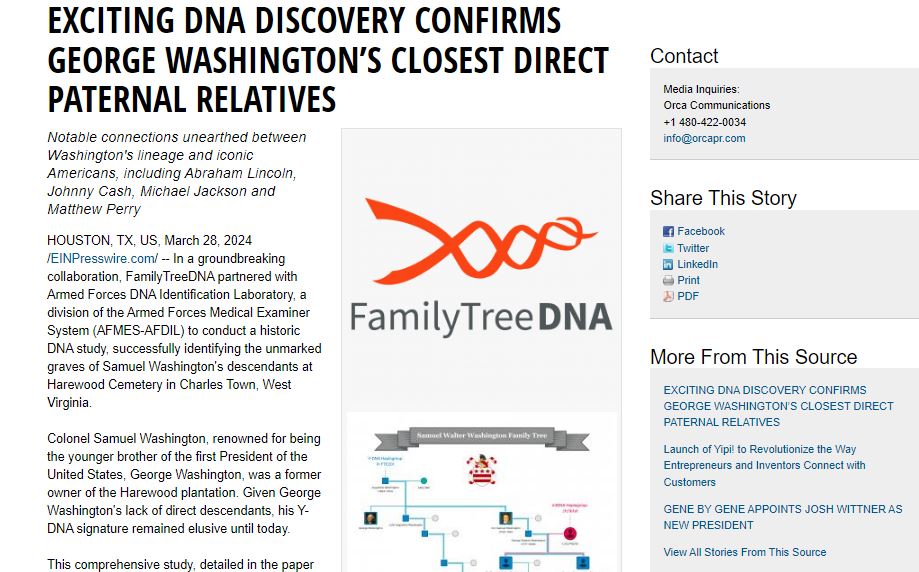|
From the press release: "PRINCESS ANNE, MD (November 17, 2023) – Members of the Pocomoke Indian Nation hosted a celebration today for the formal unveiling of a new roadside historical marker for the Manonoakin Indian Town Site on the grounds of the Somerset County Visitor Center and Rest Area in Princess Anne." Read the rest: https://www.roads.maryland.gov/mdotsha/pages/pressreleasedetails.aspx?newsId=4870&PageId=818 See also, Kast, S., Gerr, M. (2024, April 5). "Mayis: Native American oral histories from Maryland's Eastern Shore." WYPR: On the Record. https://www.wypr.org/show/on-the-record/2024-04-05/mayis-native-american-oral-histories-from-marylands-eastern-shore
Published Study (April 3, 2024): "Modern Blackfoot people descend from an ancient ice age lineage"4/4/2024
Alex, B. (2024, April 3). "Modern Blackfoot people descend from an ancient ice age lineage: A new study of historic and modern genomes may help tribes protect ancestral lands and water rights." Science. https://www.science.org/content/article/modern-blackfoot-people-descend-ancient-ice-age-lineage Link to original, Open Access published report:
From the published report summary: "We show that the genomics of sampled individuals from the Blackfoot Confederacy belong to a previously undescribed ancient lineage that diverged from other genomic lineages in the Americas in Late Pleistocene times. Using multiple complementary forms of knowledge, we provide a scenario for Blackfoot population history that fits with oral tradition and provides a plausible model for the evolutionary process of the peopling of the Americas." Read the rest of the published journal article: https://www.science.org/doi/10.1126/sciadv.adl6595
Press Release. Houston, Texas: March 21, 2024: "GENE BY GENE APPOINTS JOSH WITTNER AS NEW PRESIDENT." EIN Presswire: https://tech.einnews.com/pr_news/697488283/gene-by-gene-appoints-josh-wittner-as-new-president Click on the link or click the image below to read the entire press release. Press Release. Houston, Texas: March 28, 2024: "EXCITING DNA DISCOVERY CONFIRMS GEORGE WASHINGTON’S CLOSEST DIRECT PATERNAL RELATIVES." EIN Press Wire. https://tech.einnews.com/pr_news/699298595/exciting-dna-discovery-confirms-george-washington-s-closest-direct-paternal-relatives Click on the link or click the image below to read the entire press release.
"Researchers use ancient DNA to map migration during the Roman Empire" -- February 18, 20242/18/2024
Reference: Williams, S.C.P. (2024, January 30). "Researchers use ancient DNA to map migration during the Roman Empire: The team led by Stanford Medicine analyzed thousands of genomes, including those newly sequenced from 204 skeletons, to gain insight into how and where people moved during the Roman Empire."
https://med.stanford.edu/news/all-news/2024/01/ancient-rome-dna.html |
Archives
June 2025
Categories
All
|
DNA-Genealogy-History.com Site Index:
Copyright 2025 Marie Rundquist., DNA Genealogy History, LLC
DNA Genealogy History, LLC is a registered S Corporation with the State of Virginia and the Federal Government since 2017, is a retailer and distributor of books and digital publications, and is certified, authorized and empowered to collect Sales and Use Tax for the Commonwealth of Virginia.
E-Mail Your Comments to [email protected]
This website is not intended for users located within the European Economic Area.
DNA Genealogy History, LLC is a registered S Corporation with the State of Virginia and the Federal Government since 2017, is a retailer and distributor of books and digital publications, and is certified, authorized and empowered to collect Sales and Use Tax for the Commonwealth of Virginia.
E-Mail Your Comments to [email protected]
This website is not intended for users located within the European Economic Area.







 RSS Feed
RSS Feed
